More is not necessarily better
Posted on 14th July 2017 by Ed Walsh
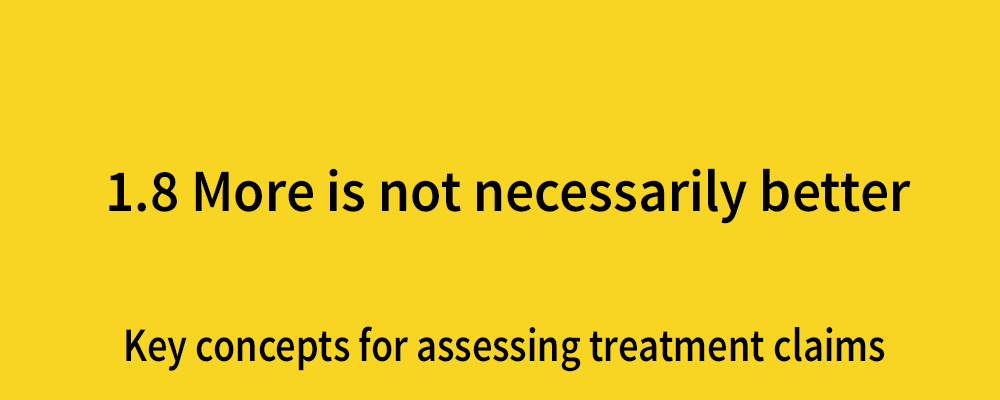
This is the eighth in a series of 36 blogs based on a list of ‘Key Concepts’ developed by an Informed Health Choices project team. Each blog will explain one Key Concept that we need to understand to be able to assess treatment claims.
It might seem logical to think that if a treatment has a helpful effect, more of it might have an even better effect. However, when it comes to treatments you can definitely have ‘too much of a good thing’. Getting the right amount of treatment is a lot like getting the right temperature in your shower.
Have too little treatment and your problem won’t be resolved; you’ll be left feeling unpleasant just like in a cold shower. Have too much treatment and you may actually be harmed, like when you scald yourself in a shower that’s too hot. Get just the right amount of treatment and your problem will start to go away; you’ll feel good. Just as you do in a shower set at the right temperature.
Antihistamines
Unfortunately, getting too much treatment is sometimes more serious than scalding yourself in a shower. Oral antihistamines can be effective at treating seasonal allergic rhinitis, also known as hay fever. Taking the right amount, as instructed by a doctor, pharmacist, or by following the directions on the label, can make your eyes feel less itchy and help with your blocked nose [1][2].
But taking more can be dangerous. Taking too many antihistamines can cause heart problems and affect coordination [3]. In severe cases the resulting heart problems can be fatal [4]. This is why testing treatments is so important. If antihistamines had never been through clinical trials no one would know which doses would be helpful and which harmful .
Vitamins
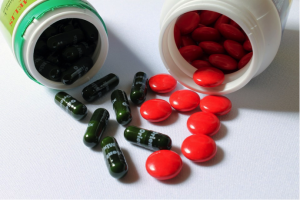
What about things aside from drugs? Take vitamins for example. Vitamins are essential for the normal functioning of our bodies. Can you take too many vitamins?
Vitamin D has received particular attention following a review of evidence by the Scientific Advisory Committee on Nutrition (SACN) [5]. The review suggests some people may need to use vitamin D supplements to ensure they have the best bone and muscle health possible. A recent Cochrane Review found vitamin D supplementation is likely to also reduce the number of severe asthma attacks experienced when taken alongside normal asthma medication [6].
Just as with drugs however, you can have too many vitamin supplements. Taking too much vitamin D over time can cause too much calcium to build up in your blood. This can damage your bones rather than help them. High blood calcium levels may also damage your heart and kidneys [7].
Breast Cancer
The belief that more treatment is necessarily better has led many patients with breast cancer to receive treatment causing avoidable harm [8]. In the early stages of breast cancer treatment, doctors believed cancer spread slowly from one place to another. By surgically removing more of the area around the breast, they thought that the surgery would be more successful. Some surgeons went so far as to remove patients’ ovaries and even sometimes amputating arms on the same side as the breast tumour, all because they thought the more surgery they did the better.
Thanks to research done since, we now know that this mutilating surgery is unnecessary and that less extreme treatments are effective. Acceptance of this mounting evidence was likely slowed by the ‘more is better’ mind-set though, with 150 radical breast surgeries carried out in Japan as recently as 2003. It’s important that healthcare providers and the public alike appreciate the dangers of a ‘more is better’ mind-set to avoid unnecessary harm.
Getting it just right
As the examples above show, knowing how much of a treatment one needs is very important. Testing treatments allow us to see how much we need for a good effect, whilst avoiding the harm from too much. It’s important to remember that increasing the dose or amount of a treatment often increases harms without increasing beneficial effects.
Learning resources which further explain why ‘more is not necessarily better’
Read the rest of the blogs in the series here
References (pdf)
 Testing Treatments
Testing Treatments
Take home message:

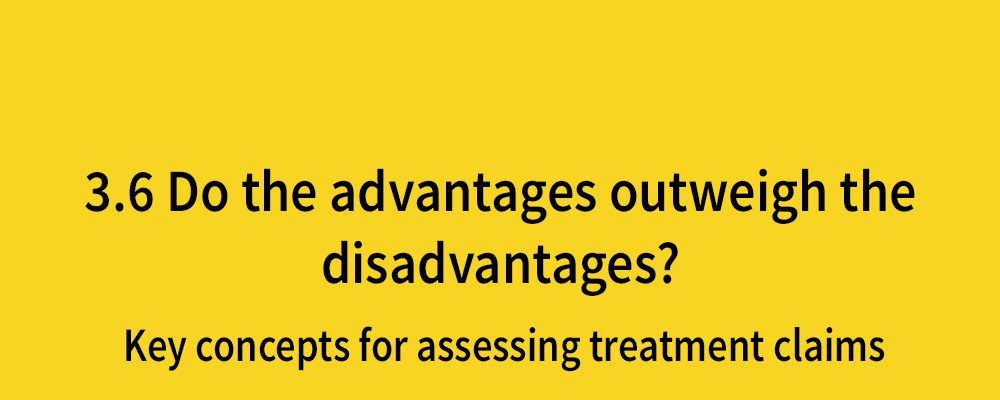
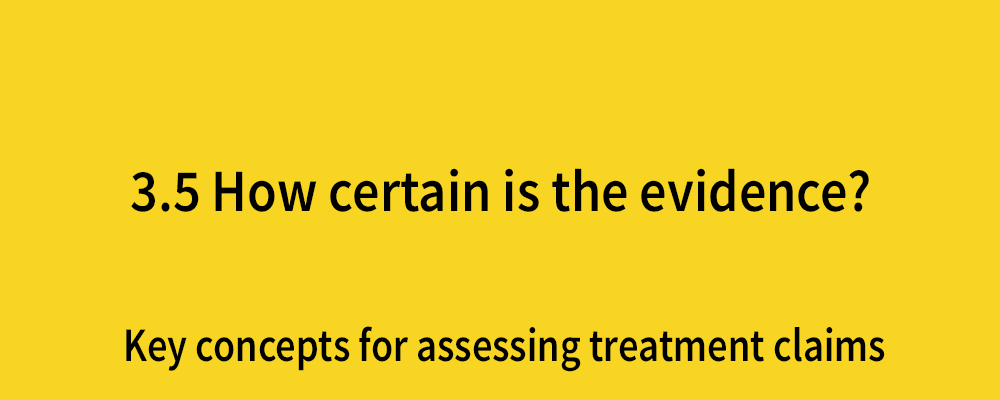
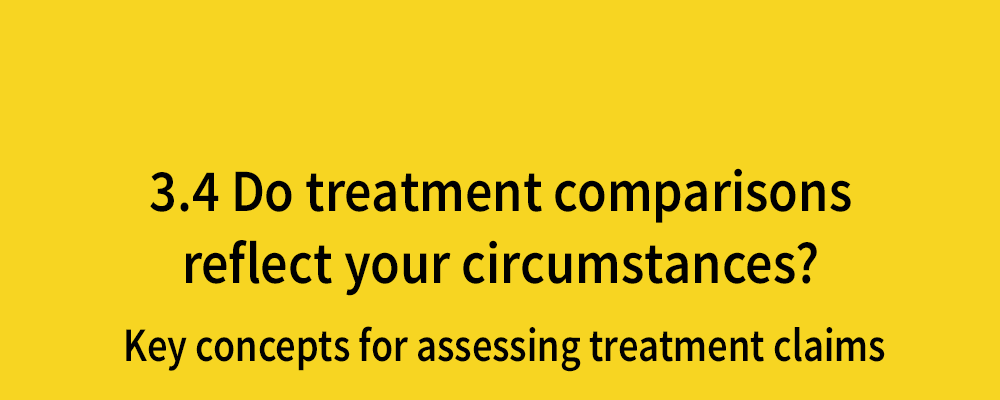
No Comments on More is not necessarily better
Completely agree with you..the matter is…who is going to decide when is too much?
Doctors? Patients? Pharmacists? Nurses?…
22nd July 2017 at 4:21 pmI think research is necessary to inform healthcare professionals on appropriate treatment, and healthcare professionals are ultimately responsible for making decisions on the amount of treatment that is appropriate guided by that research.
Involving patients as much as is practicable in decisions about their care is important too but this is not always possible in certain settings eg. in critical care where treatment is required to keep patients who can’t respond alive.
27th July 2017 at 1:28 pm